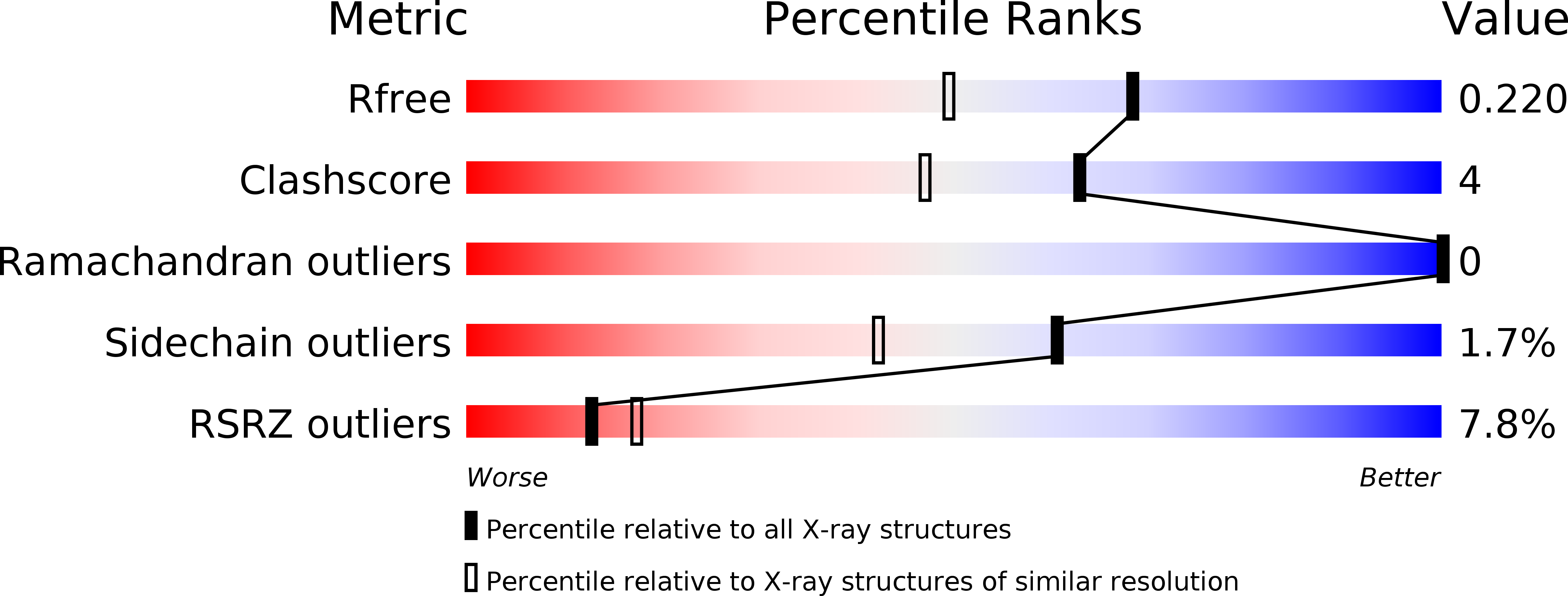
Deposition Date
2012-07-11
Release Date
2012-09-26
Last Version Date
2023-09-13
Entry Detail
PDB ID:
4G26
Keywords:
Title:
Crystal Structure of proteinaceous RNase P 1 (PRORP1) from A. thaliana with Ca
Biological Source:
Source Organism:
Arabidopsis thaliana (Taxon ID: 3702)
Host Organism:
Method Details:
Experimental Method:
Resolution:
1.75 Å
R-Value Free:
0.20
R-Value Work:
0.16
R-Value Observed:
0.16
Space Group:
P 21 21 21


